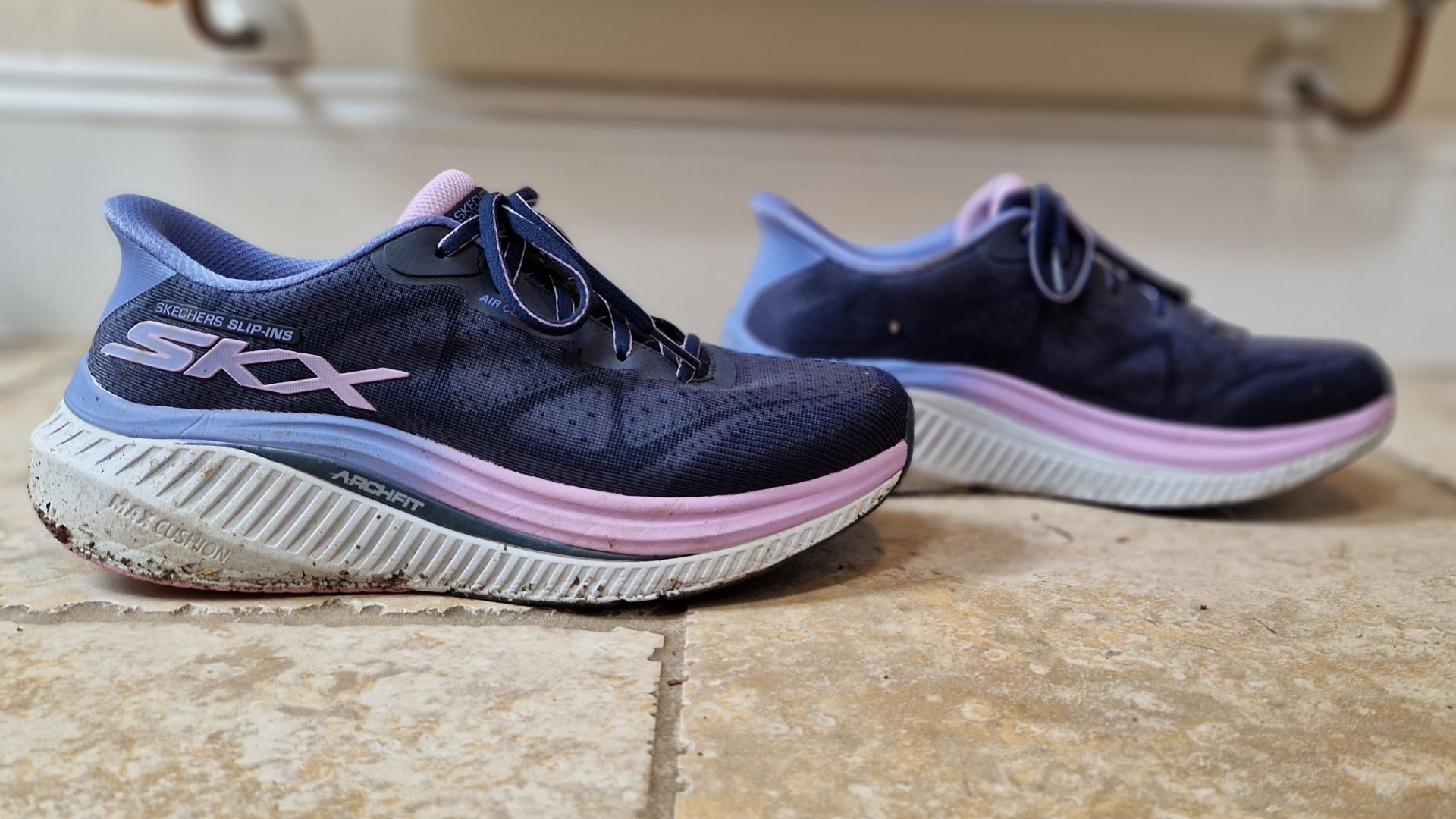Three easy ways to train your biceps at home (with no equipment)
Stuck with no kit? These three easy exercises can help you get big arms with no equipment at all


When you're at home, it's easy to train your chest and triceps with push-ups, that classic calisthenics move. Likewise, it's a very simple matter to train your core by doing planks, sit-ups or crunches, or your legs by doing squats.
However, training your biceps is a little bit more difficult. To train your biceps and back, you have to actively pull something towards you rather than push it away. This means that without proper equipment, such as the dumbbells and resistance bands, it's very difficult to begin training your pulling muscles. Luckily, both pieces of kit start out quite affordable, and you can check out our guides to the best adjustable dumbbells and best resistance bands right here.
However, if you're not yet comfortable taking the plunge or buying this kit, or heading to the gym, it's going to be difficult to train your biceps. Even pull-ups require a bar, or rings: it's tough to get any kind of bicep work in without the proper equipment.
Which is why we've put together a trio of tips for the enterprising fitness enthusiast: whether you're stuck in a hotel room, you're a complete beginner or you just don't have any kit right now, you never have to miss a good biceps pump again.
1. Doorway curls
If push-ups against a wall are the "easy" alternative to doing them on the floor, the doorway curl is the equivalent for the pull-up. Rather than pulling yourself "up" per se, you're placing your feet against the base of a door frame, or pillar, or tree, and pulling your body into it.
This is an excellent low-impact, low-intensity exercise to begin developing muscle in your back and biceps, and is excellent for first-timers.
For more experienced trainees, it can be made more difficult by lowering your arm's position on the doorframe, or using one hand instead of two. This video walks you through the exercise in more detail:
Get the Fit&Well Newsletter
Start your week with achievable workout ideas, health tips and wellbeing advice in your inbox.
2. Improvised weights
Don't have any weights to hand? If you've got two water bottles of the same size, you can easily make do. 500ml of water equates to approximately 500 grams, which means two half-litre bottles of water can substitute for two small dumbbells, ideal for most body pump or HIIT workouts. Larger water bottles can be used for heavier lifting moves such as rows, squats or curls.
Any tinned or bagged items or bottles of liquid would do the trick. As long as you know the volume of the contents, you know how much you're lifting. In the workout below, personal trianer Cat Taylor recommends using tins of beans to perform her workout if you're short on dumbbells. Even bags of plant food, compost or sand are ideal for using like a sandbag, although careful they don't split!
3. Towel bicep curls
This unique method allows you to create your own resistance with just a towel, helping you do bicep curls at home. It's not a perfect method – there's no way to control or standardise the resistance you create, making it difficult to incorporate into a plan or improve. However, if you're in a pinch, you can force your arms and legs to work against each other, strengthening both. It's a great hotel room exercise.
Wrapping a towel around your foot, you grab either end and pull, while simultaneously pushing away from you with your foot. The end result is something approaching a bicep curl, as you can see in the video below:
Matt Evans is an experienced health and fitness journalist and is currently Fitness and Wellbeing Editor at TechRadar, covering all things exercise and nutrition on Fit&Well's tech-focused sister site. Matt originally discovered exercise through martial arts: he holds a black belt in Karate and remains a keen runner, gym-goer, and infrequent yogi. His top fitness tip? Stretch.
-
 I have bunions, but I can't feel them with these affordable Skechers walking shoes—now 22% off at Zappos
I have bunions, but I can't feel them with these affordable Skechers walking shoes—now 22% off at ZapposDeal A generous toe box makes the Skechers Max Cushioning Arch Fit Areena perfect for wide feet
By Lou Mudge
-
 Can't do a sit-up? A trainer says you should do these chair-based core exercises instead
Can't do a sit-up? A trainer says you should do these chair-based core exercises insteadNo sit-ups or planks
By Jennifer Rizzuto